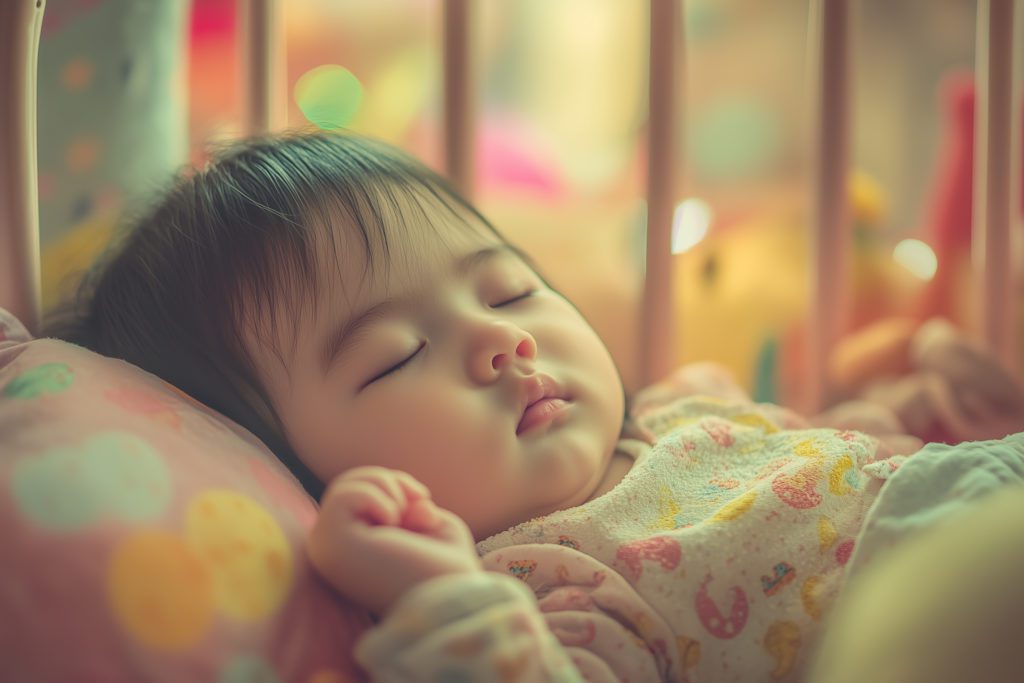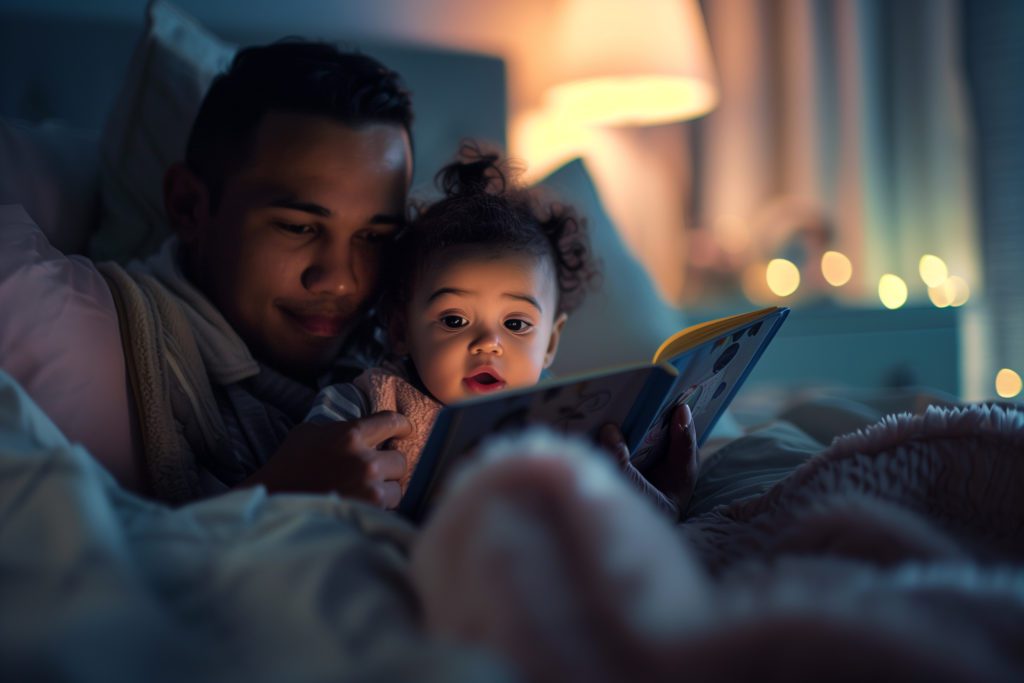
Lullabies and Slumber Songs: How Musical Sleep Aids Have Evolved
Explore the evolution of lullabies and sleep songs, from ancient traditions to modern practices, and their enduring impact on sleep.

When you were growing up, you likely heard any number of lullabies. Late at night, when it was time for sleep, your parents would lay you down, sing to you, or play a soft, soothing soundtrack that gently relaxed you until you fell asleep. It’s a common human experience we likely all have enjoyed, and—believe it or not—lullabies and songs for sleep have evolved over time but remained an integral part of how we have grown as a society.
If you’re curious about the evolution of sleep aids like lullabies and slumber songs, read on. In this article, we’re going to explore the typical lullabies, sleep aids, and slumber songs that have been a part of our world. We’ll discuss the origins of lullabies and how they trace back to ancient times, then look at why these musical numbers actually help us rest.
We’ll also finish by discussing what you likely use today and how lullabies are used by parents around the world. But first, let’s go all the way back to ancient society, to when lullabies first arose as a part of our cultures.
Lullabies Were First Created in Ancient Societies
Nearly four millennia ago, a lullaby was scribed into a small clay tablet to mark down the words that a mother would sing to her child before she went to bed. While we don’t know how effective the lullaby initially was, what we do know is that the ancient cuneiform writing was one of the first lullabies created, and it was typical of the era. Historians shared that it told the child that if they made too much noise, they would wake up demons, and if they didn’t stop, the demons might eat them.
However, there were many other variations of lullabies around the world, not just in Mesopotamia but in ancient Egypt, Greece, Africa, and Asia. Most—if not all—of these ancient lullabies have the same sort of themes, encouraging children to sleep with some dark elements to the story. It’s shocking now to look at these songs considering what we sing now, but it goes to show how much our lullabies have evolved and how sometimes they have remained somewhat the same.
How Lullabies and Sleep Songs Evolved Over History
As you can imagine, our lullabies have changed significantly since ancient times. Not only have we changed how we record many of our most beloved lullabies and sleep songs, but we have also changed some of the song choices and themes. By the 17th century, Spanish poet Rodrigo Caro described these songs as “the mother of all songs and the songs of all mothers” (Source: Cross-Cultural Research). It certainly makes sense, seeing how much these songs have transcended time and the many themes and practices of these lullabies in cultures around the world.
From ancient times until now, lullabies have remained a universal song that people all enjoy before they go to sleep. Even if you are an adult now, it’s hard not to picture the soothing feeling of your mother once singing to you. In fact, researchers have found that nearly every culture today has some—or several—forms of lullabies and musical sleep aids.
To some researchers, they see this sentimental tradition not as a means of just the mother connecting with their infant but as the mother carrying on an oral tradition that their mothers shared with them, too.
Lullabies Today: Are They Gone, or Do We Still Rely on Them?
If you are a mother, then you already know that lullabies likely remain an integral part of our lives. This is even discussed by many experts today. While singing them out loud from mother to child is not as commonplace as it was a century or so ago, we still share our lullabies, play them over speakers or the TV, and coax our children to sleep with these gentle songs. However, people still fear that technology may be a better source of support than lullabies in the future.
With our increasing use of technology, lullabies could become less visible as a musical tradition. However, as we saw during the COVID-19 pandemic, lullabies have endured as a way to preserve the connection parents have with their children and as a means of sharing the history of societies.
For instance, a Turkish lullaby shares the story of their country’s history and war, often to show children the nature of our world. Even in Japan, there are lullabies from pre-WWII that are shared today that represent both history and tradition. So, we still do rely on our lullabies, as they continue to provide comfort to parents and children while also sharing history and carrying on traditions that our societies have persisted for several centuries.
The Future of Lullabies, Musical Sleep Aids, and More
Since we know that our lullabies are effective at helping us sleep, future work will likely only further integrate technology with our beloved sleep songs. Who knows? There might be a future where all we have to do is ask our speaker to play a lullaby until we fall asleep, and it might be smart enough to shut off when the time comes. However, we do know that—as research continues to be conducted—music helps us regulate our emotions, connects us with our loved ones, and can bring us closer to our history and culture and show us more about the world around us.
Leverage Lullabies and Sleep Songs to Encourage Your Child’s Rest
Lullabies are a beautiful, universal tradition of nearly every single culture around the world. While not all songs are happy and soothing, they share the stories of societies and cultures, including the history of some of the world’s most beloved countries. So whether you sing a classic lullaby or an ancient song from your culture’s past, just know that you’re deepening the bond you have with your baby while also soothing yourself. We hope that this article taught you something new about the musical sleep aids we use!

Written by
Marie Soukup
Marie Soukup is a seasoned copywriter, editor, and Integrative Nutrition Health Coach with a certificate from the Institute of Integrative Nutrition (IIN). With years of experience working with brands across diverse industries, Marie is passionate about holistic health and crafting compelling content.
Download Pillow
Get help
Press & News
Legal
Connect
X (Twitter)
Company
Copyright © Neybox Digital Ltd.


